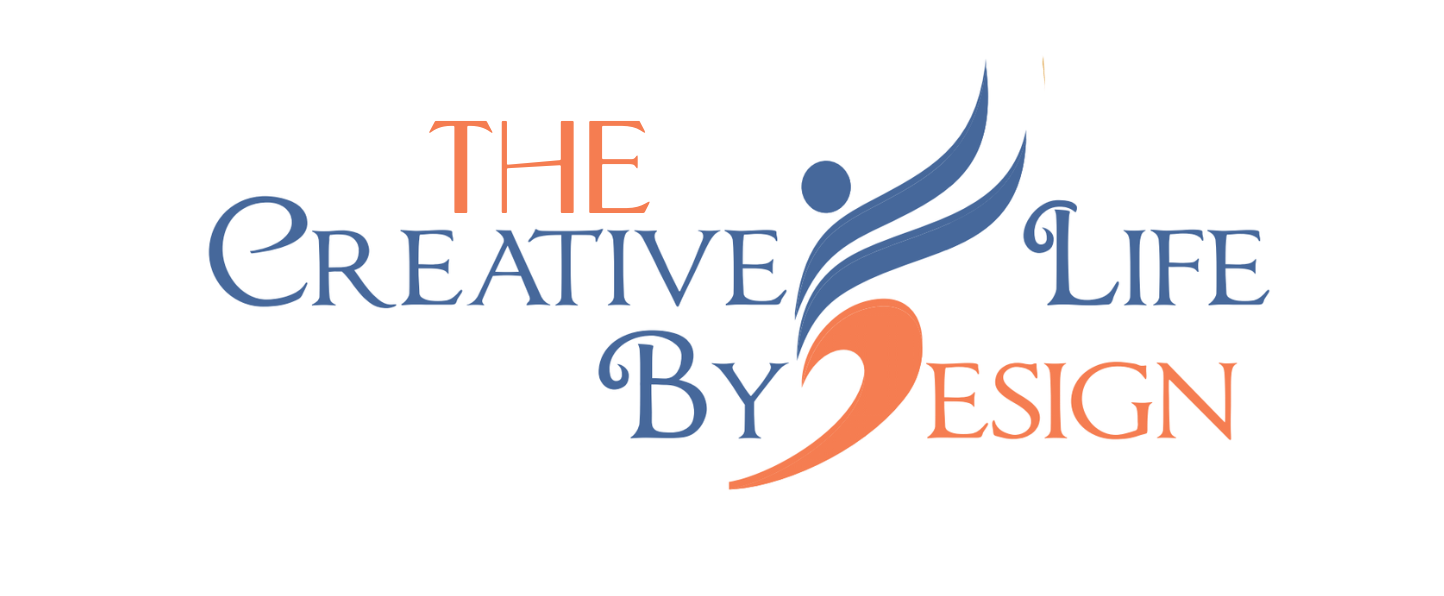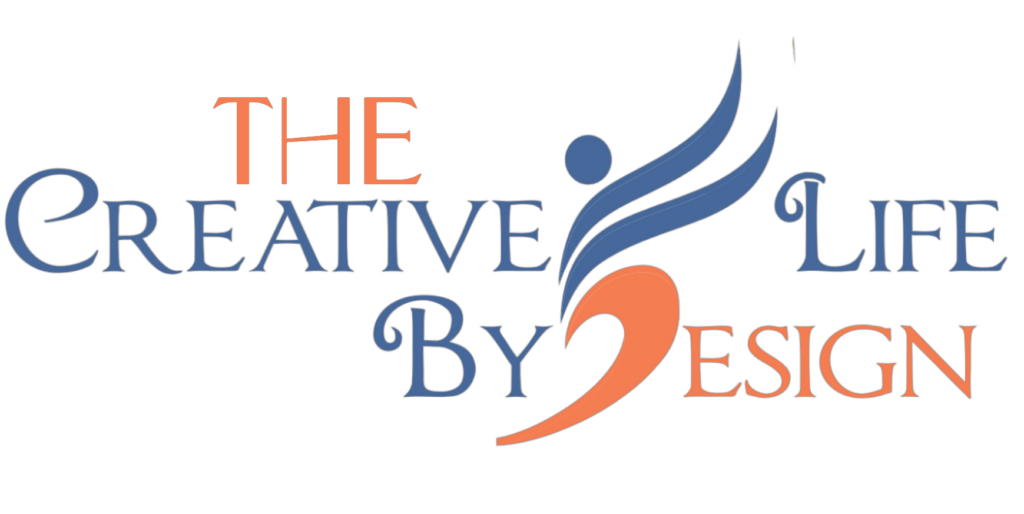Kinesiology is the science of the movement of the body. Kinesiologists study the biomechanical processes of the body, exploring how managing those processes can contribute to human health.
They then prescribe exercise-related practices as medicine for their clients. Applications of kinesiology to human health include biomechanics and orthopedics; strength and conditioning; sport psychology; motor control; skill acquisition and motor learning; methods of rehabilitation, such as physical and occupational therapy; and sport and exercise physiology.
Adaptation Through Exercise is our body’s ability to adapt to changing stimulus from exercise and respond with physiological changes. Neuroplasticity is the brain’s ability to adapt to changing stimulus from movement and respond with structural changes in the brain.
Kinesiologists address the physiological and mechanical systems of the body. Their services can include, strength and conditioning, sport psychology, rehabilitation and sport fitness. The main objective for a kinesiologist is to help you live a more functional and pain free. Kinesiologists address the physiological and mechanical systems of the body. Their services can include, strength and conditioning, sport psychology, rehabilitation and sport fitness. The main objective for a kinesiologist is to help you live a more functional and pain free life.
A kinesiology session will usually involve muscle testing, where the practitioner tests the body to identify unconscious stresses. It’s the time to get on the table, as you would for a massage, but you remain fully clothed.
In this conceptualization, the major subfields of kinesiology are biomechanics, exercise physiology, motor control and motor learning, motor development, sport and exercise psychology, and sociology of physical activity.
Kinesiology is the interdisciplinary study of physical activity that includes seven sub-disciplines: 1) exercise physiology; 2) biomechanics; 3) sport psychology; 4) motor development; 5) motor control; 6) sport history; and 7) sport sociology.
In this conceptualization, the major subfields of kinesiology are biomechanics, exercise physiology, motor control and motor learning, motor development, sport and exercise psychology, and sociology of physical activity.
Kinesiology is a form of therapy that uses muscle monitoring (biofeedback) to look at imbalances that may be causing disease in the body. Kinesiology aims to detect and correct imbalances that may relate to stress, nutrition or minor injuries. Kinesiology is not used to diagnose disorders.
In Kinesiology each muscle test is related to a different area of the body. And so with appropriate food testing it is suggested that all the muscles related to the digestive tract be checked against foods that are staples, foods that are commonly eaten by most people. In this video I am using the Pectoral muscles because they are associated with the stomach meridian/organ. However, in a full session and in our training courses, several muscles associated with the Small Intestine, Large Intestine, Liver, Gallbladder, Kidneys and Spleen/Pancreas would also be tested.
Kinesiology is a form of therapy that uses muscle monitoring (biofeedback) to look at imbalances that may be causing disease in the body. Kinesiology aims to detect and correct imbalances that may relate to stress, nutrition or minor injuries. Kinesiology is not used to diagnose disorders.
In Kinesiology each muscle test is related to a different area of the body. And so with appropriate food testing it is suggested that all the muscles related to the digestive tract be checked against foods that are staples, foods that are commonly eaten by most people. In this video I am using the Pectoral muscles because they are associated with the stomach meridian/organ. However, in a full session and in our training courses, several muscles associated with the Small Intestine, Large Intestine, Liver, Gallbladder, Kidneys and Spleen/Pancreas would also be tested.
Kinesiology Self Test
- THE CIRCUIT FINGERS. If you are right-handed: Place your left hand palm up. Connect the tip of your left thumb with the tip of the left little finger (not your index finger). If you are left-handed: Place your right hand palm up. Connect the tip of your right thumb with the tip of your right little finger. By connecting your thumb and little finger, you have closed an electrical circuit in your hand, and it is this circuit you will use for testing.
Before going on, look at the position you have just formed with your hand. If your thumb is touching the tip of your index or first finger, laugh at yourself for not being able to follow directions, and change the position to touch the tip of the thumb with the tip of the little or fourth finger. Most likely this will not feel at all comfortable to you. If you are feeling a weird sense of awkwardness, you’ve got the first step of the test position! In time, the hand and fingers will adjust to being put in this position and it will feel fine.
Circuit fingers can touch tip to tip, finger pad to finger pad, or thumb resting on top of the little finger’s nail. Women with long nails need not impale themselves.
- THE TEST FINGERS. To test the circuit (the means by which you will apply pressure to yourself), place the thumb and index finger of your other hand inside the circle you have created by connecting your thumb and little finger. The thumb and index finger should be right under your thumb and your little finger, touching them. Don’t try to make a circle with your test fingers. They are just placed inside the circuit fingers that do form a circle. It will look as if the circuit fingers are resting on the test fingers.
- POSITIVE RESPONSE. Keeping this position, ask yourself a yes/no question in which you already know the answer to be yes. (“Is my name _?”) Once you’ve asked the question, press your circuit fingers together, keeping the tip-to-tip position. Using the same amount of pressure, try to pull apart the circuit fingers with your test fingers. Press the lower thumb against the upper thumb, and the lower index finger against the upper little finger.
The action of your test fingers will look like scissors separating as you apply pressure to your circuit fingers. The motion of the test fingers is horizontal. Don’t try to pull your test fingers vertically up through your circuit fingers. This action sometimes works but it is not as reliable as the horizontal scissors action.
The circuit position described in step 1 corresponds to the position you take when you stick your arm out for the physician. The testing position in step 2 is in place of the physician or other convenient arm pumper. After you ask the yes/no question and you press your circuit fingers tip-to-tip, that is equal to the doctor saying, “Resist my pressure.” Your circuit fingers now correspond to your outstretched, stiffened arm. Trying to pull apart those fingers with your testing fingers is equal to the doctor pressing down on your arm.
If the answer to the question is positive (if your name is what you think it is!), you will not be able to easily push apart the circuit fingers. The electrical circuit will hold, your muscles will maintain their strength, and your circuit fingers will not separate. You will feel the strength in that circuit.
IMPORTANT: Be sure the amount of pressure holding the circuit fingers together is equal to the amount of your testing fingers pressing against them. Also, don’t use a pumping action in your test fingers when applying pressure to your circuit fingers. Use an equal, steady and continuous pressure.
Play with this a bit. Ask a few more yes/no questions that have positive answers. Now, I know it is going to seem that if you already know the answer to be “yes,” you are probably “throwing” the test. That’s reasonable, but for the time being, until you get a feeling for what the positive response feels like, you’re going to need to deliberately ask yourself questions with positive answers.
While asking questions, if you are having trouble sensing the strength of the circuit, apply a little more pressure. Or consider that you may be applying too much pressure and pull back some. You don’t have to break or strain your fingers for this; just use enough pressure to make them feel alive, connected and alert.
- NEGATIVE RESPONSE. Once you have a clear sense of the positive response, ask yourself a question that has a negative answer. Again press your circuit fingers together and, using equal pressure, press against the circuit fingers with the test fingers. This time the electrical circuit will break and the circuit fingers will weaken and separate. Because the electrical circuit is broken, the muscles in the circuit fingers do not have the power to easily hold the fingers together. In a positive state the electrical circuit holds, and the muscles have the power to keep the two fingers together.
How much your circuit fingers separate depends on your personal style. Some people’s fingers separate a lot. Others barely separate at all. Mine separate about a quarter of an inch. Some people’s fingers won’t separate at all, but they’ll definitely feel the fingers weaken when pressure is applied during a “no” answer. Give yourself time and let your personal style develop naturally.
Also, if you are having a little trouble feeling anything, do your testing with your forearms resting in your lap. This way you won’t be using your muscles to hold up your arms while trying to test.
Play with negative questions a bit, and then return to positive questions. Get a good feeling for the strength between your circuit fingers when your electrical system is balanced and the weakness when it is short-circuited or imbalanced. You can even ask yourself (your own system) for a positive response and then, after testing, ask for a negative response. (“Give me a positive response.” Test. “Give me a negative response.” Test.) You will feel the positive strength and the negative weakness. In the beginning, you may feel only a slight difference between the two. With practice, that difference will become more pronounced. For now, it is just a matter of trusting what you have learned—and practicing.
Don’t forget the overall concept behind kinesiology. What enhances our body, mind and soul makes us strong. Together, our body, mind and soul create an environment that, when balanced, is strong and solid. If something enters that environment and challenges the balance, the environment is weakened. That strength or weakness first registers in the electrical system, and it can be discerned through the muscle-testing technique—kinesiology.
Kinesiology can be used for healing your body. Use one of the techniques to discern whether or not a food is in energy and vibrational alignment with your body. You can also use kinesiology to determine if a medicine is the right medicine for your body type or to determine if you should use a healing technique, tool or exercise. Practice holding the bottle of medicine in your hand and reach your arm out. If the arm raises up then generally that means it is in alignment . If the arm goes down it may not be the correct medicine according to the laws of kinesiology. Please keep in mind that generally your doctor believes this is the recommended medicine for your specific situation. Another approach is to ask a specific yes or no question such as “ Is this a good healing tool for me to use to treat my condition? If the answer is yes your body will sway one way and if not it will sway in the opposite direction. Please make sure you practice which way your body sways for yes and for no. These are just a few ways that your body can use kinesiology to heal your body.


